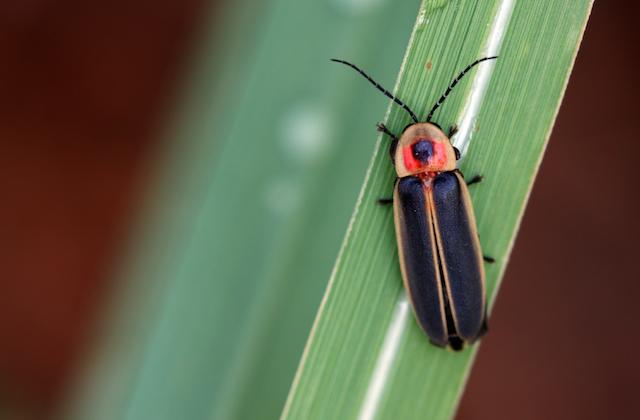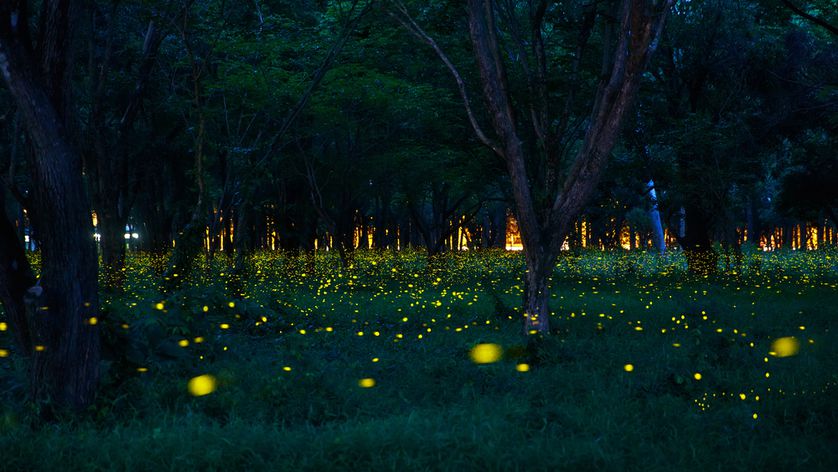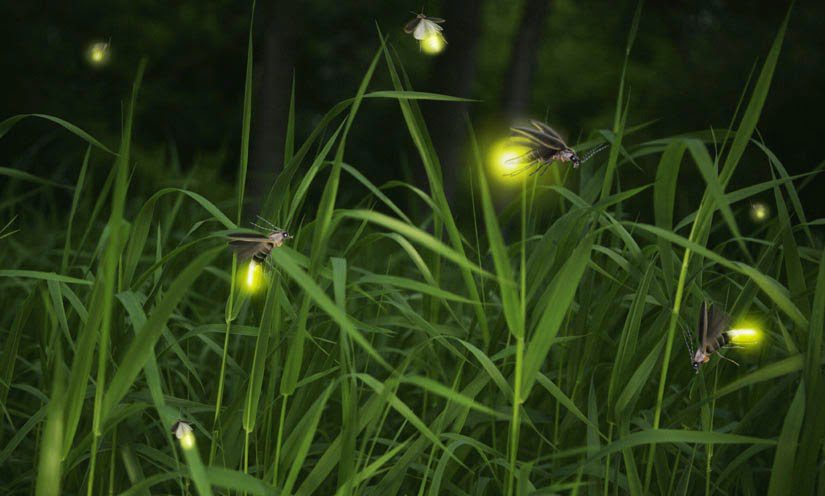
One of the most magical parts of summer is when multitudes of fireflies light up the night. It seems to me that lightning bugs have always held a bit of enchantment. I remember, years ago, walking on trails at night that were glowing with the light of thousands of fireflies. It’s something I will never forget.
Please note: some posts may contain affiliate links which means we could earn a small commission if you purchase products from our site at no additional cost to you.
I think everyone has a cherished memory from their youth of chasing fireflies on warm summer nights. Sadly, the population of lightning bugs has diminished in recent years, and we aren’t seeing them in large numbers as we once did. This treasured summertime event is becoming something this is indeed only a memory.
Firefly Facts
Fireflies aren’t actually flies; they are beetles. Like all insects, they go through life stages. Their longest life stage is as a larva, where they will live in the ground for up to two years. Adult fireflies have a short lifespan, only living for 1-2 months during the summer, during which time they are busy looking for a mate. Fun fact, lightning bug eggs and larvae also produce a faint light. The light that fireflies produce is used to communicate between fireflies and to ward off predators.

Lightning Bug Love Language
That lovely flashing light that we are all so fond of is the way lightning bugs communicate with one another. The flashing light will either be a male putting it out there that he is looking for a girlfriend, or a female responding that she is interested.
Light up the Night
Living creatures that can produce light are called bioluminescent. Chemiluminescence is the chemical reaction that causes the lightning bug’s lantern to glow. Fun Fact, fireflies create 100% energy-efficient light. The light they produce, unlike any other light source, is completely cool. Their glow does not produce any heat.

Why Fireflies are Disappearing
Humans are responsible for the disappearance of Fireflies. Overdevelopment and light pollution interferes with the lightning bugs’ ability to successfully communicate and mate with other lightning bugs. The artificial light produced by humans makes it hard for lightning bugs to find areas of significant darkness in which their messages can be sent and received.
Chemical lawn treatments for mosquitoes and other pests also affect lightning bugs as they spend a significant portion of their lives in the ground. The treating of lawns in the summertime doesn’t just affect the larva but also the adult fireflies that often can be found in the grass.
How to Make Your Yard a Firefly Sanctuary
- Turn off your outdoor lights at night. We have an area in our backyard that we try to keep dark.
- Allow fallen trees and leaves to accumulate in that same area of your yard. Not only are fallen trees and leaves good for making rich soil but they give fireflies good places to lay their eggs and the larva a protected place to grow.
- Add a small body of standing water where you wish to have the fireflies live. They are very much attracted to standing water and the insect they can eat there.
- Do not chemically treat your yard. There are natural fertilizers and pesticides that you can use instead that are harmless to not just fireflies but all the wildlife in your yard. (Looking for a natural pesticide? Try building your own bat house.)
- Try not to over-mow your lawn. During the day, lightning bugs tend to hang out in the grass. We have left a patch of our lawn unmowed to not only help with fireflies but to encourage the presence of other wildlife.
These little things can not just bring more fireflies to your yard, making every night more enchanting, but protect a species from dying out completely.
